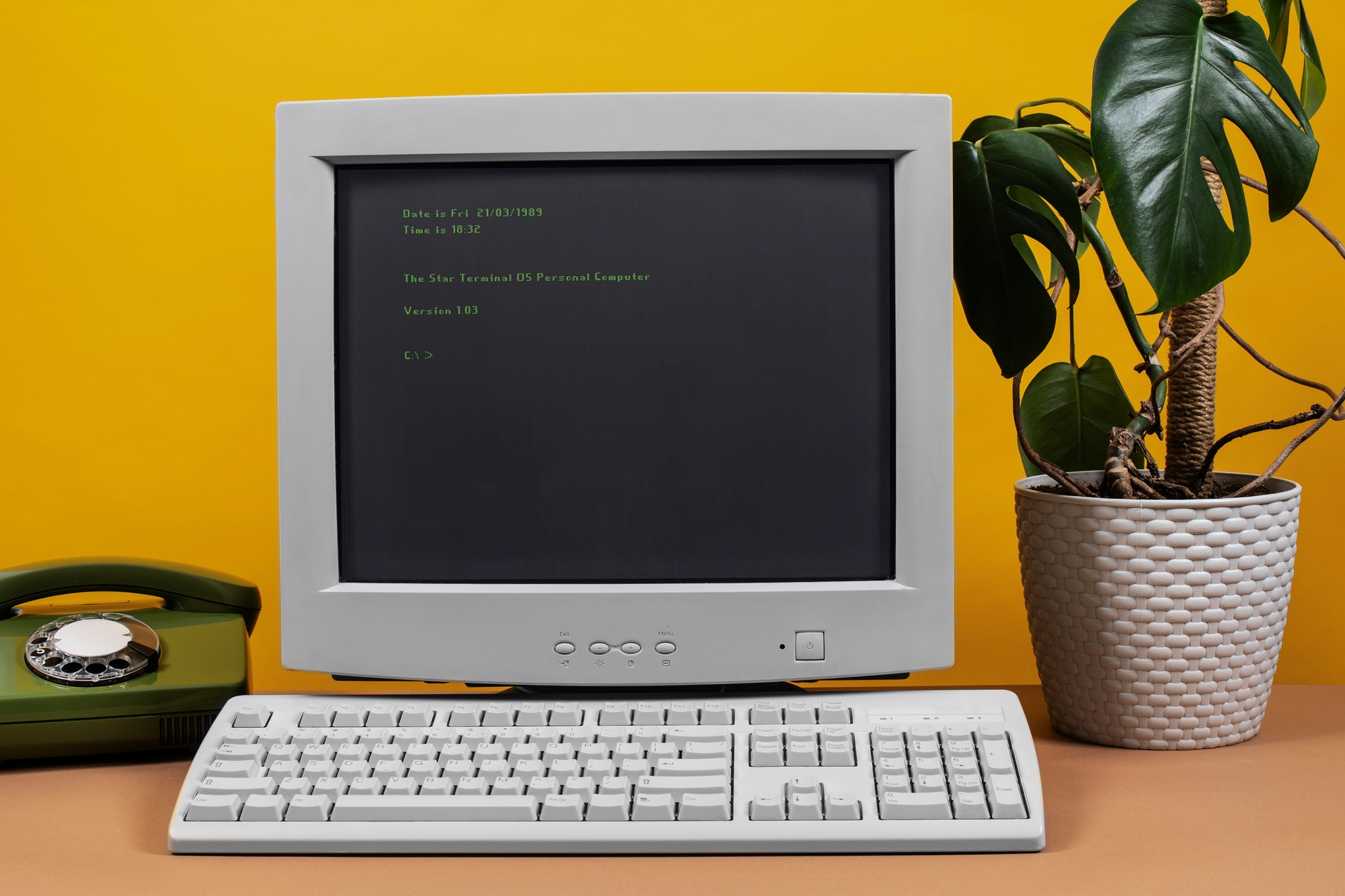Introduction
If you’ve ever wondered what the word “COMPUTER” actually stands for, you’re not alone. Many students and beginners are curious about the full form of computer and its basic meaning. In this beginner-friendly guide, we’ll explain what a computer is, what each letter in “COMPUTER” stands for, and why understanding it is helpful in today’s tech-driven world. Just like how the best preschools in Bangalore introduce children to the world of learning in a fun and simple way, understanding the basics of computer terms can lay a strong foundation for future learning.
What is the Full Form of COMPUTER?
The word “COMPUTER” is often expanded as:
Common Operating Machine Purposely Used for Technological and Educational Research
Although this full form is not an official scientific term, it’s widely used in schools and training materials to simplify the concept for learners. It gives a clear idea of what computers are mainly used for—technology and education.
Simple Meaning of Computer
A computer is an electronic device that receives input, processes it, stores it, and delivers output. Whether you’re typing an essay, browsing the internet, or playing a game, your device is performing these four actions.
In simple English, a computer is a smart machine that helps us solve problems, complete tasks, and access information quickly and accurately.
Is It an Official Full Form?
The phrase “Common Operating Machine Purposely Used for Technological and Educational Research” is more of a teaching tool than a dictionary definition. It helps students associate the word with its practical uses but is not an official acronym recognized by computer scientists.
Still, it’s a great way for beginners to remember what computers are generally used for.
A Brief History of Computers
The concept of a computer goes back to the 1800s with Charles Babbage, who is often called the “Father of the Computer.” Over time, these machines have evolved from large, complex devices to the compact laptops and smartphones we use today.
From simple calculations to artificial intelligence, computers have grown to become an essential part of our lives.
Basic Parts of a Computer
To understand how a computer works, it helps to know its main parts:
- Input Devices: Such as keyboards and mice.
- Processor (CPU): The brain that performs all calculations.
- Memory (RAM and ROM): For short-term and long-term data storage.
- Storage Drives: Hard drives or SSDs that store your files.
- Output Devices: Like monitors and printers that show results.
These parts work together to complete tasks efficiently.
Why Should Students Learn About Computers?
Learning about computers at a young age builds digital confidence. It prepares students for school, future jobs, and everyday situations like sending emails or creating presentations.
Understanding the basics—even something as simple as what the word “computer” stands for—lays the groundwork for deeper tech knowledge.
Daily Life Uses of Computers
Computers are all around us. Here are just a few everyday applications:
- Education: Online learning, research, and homework help.
- Healthcare: Storing patient records and diagnosing illnesses.
- Banking: Transferring money and checking accounts online.
- Entertainment: Watching movies, listening to music, playing games.
- Workplaces: Writing, scheduling, analyzing data.
This shows how essential computers are in both learning and real life.
A Simple Definition for Students
Here’s an easy way to define a computer for students:
A machine that takes instructions (input), processes them, stores the data, and gives results (output).
This definition helps kids and young learners connect with the idea of computers in a clear, practical way.
Benefits of Learning Computer Basics
- Improves typing and digital navigation skills
- Encourages logical and creative thinking
- Builds research abilities
- Prepares students for technology-rich careers
- Promotes safe and smart internet use
By knowing how computers work and what they are meant for, students can use them more effectively and responsibly.
Table: Full Form of COMPUTER
Here’s a quick reference table:
| Letter | Word |
| C | Common |
| O | Operating |
| M | Machine |
| P | Purposely |
| U | Used |
| T | Technological |
| E | Educational |
| R | Research |
While unofficial, this breakdown makes learning easier for students and beginners.
Fun Facts About Computers
- The first modern computer, ENIAC, was built in 1946.
- Charles Babbage designed the first mechanical computer.
- The mouse was first made of wood!
- Over 90% of today’s jobs require basic computer skills.
These facts help make computer learning fun and memorable.
Conclusion
Learning about the full form of computer is more than just memorizing words—it’s about understanding a powerful tool that shapes our daily life. From school to home, computers help us think faster, learn better, and stay connected. In today’s world, even early childhood education includes basic computer knowledge to help children build digital skills from a young age.
If you’re a student or beginner, start your journey by knowing what a computer is, how it works, and what it can do for you. As you grow in your knowledge, you’ll realize the full potential of this amazing machine.
FAQs
1. What is the full form of COMPUTER?
It is: Common Operating Machine Purposely Used for Technological and Educational Research. This helps simplify the concept of what computers are used for.
2. Is this full form official?
No. It’s a widely accepted learning tool but not an officially recognized acronym.
3. What is the definition of a computer for beginners?
A computer is an electronic machine that performs tasks based on instructions—like calculations, data storage, and information display.
4. Why is it important to know computer basics?
Knowing how computers work helps you learn, solve problems, and keep up with the digital world.
5. Where are computers used today?
They are used in schools, hospitals, offices, homes, airports, banks, and nearly every place that requires data or communication.
